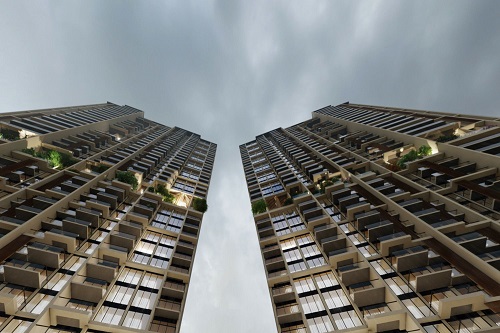 Wednesday, April 24, 2024
Wednesday, April 24, 2024  Wednesday, April 24, 2024
Wednesday, April 24, 2024 
Prefabricated modular construction has been the future of the building industry for at least half a century, so I was intrigued when I got a press release announcing “Sustainability, access to green space and innovative PPVC modulation are at the core of the two 56-story flagship development by the leading Singaporean architecture firm.” I wondered “what’s PPVC modulation?”
PPVC stands forPrefabricated Prefinished Volumetric Construction, a sophisticated version of what North Americans call modular construction. Modulation is, I believe, a mistake in the press release, and should have been modularization.
It is an interesting technology being used by ADDP Architects to build the Avenue South Residences which “fuse futuristic and ecologically-conscious modern housing while paying homage to the heritage of Singapore.”
Sustainability is at the core value of ADDP Architects’ Avenue South Residences. The energy efficiency of both buildings is enhanced by the sensitive placement of the twin super high-rise residential towers, oriented in the North-South direction to capitalize on optimal passive solar design and airflow….The Avenue South Residences also feature the most advanced approach to sustainable PPVC construction, expertise championed by ADDP. Before assemblage, 80% of each module for Avenue South Residences was created off-site, with each module only requiring to be stacked and joined together on-site.
The project has other interesting features, including living walls (which grow like mad in Singapore). It’s in an older area that is being redeveloped, but it “pays homage to Singapore’s historical past with the preservation of five existing buildings primarily for residential use.”